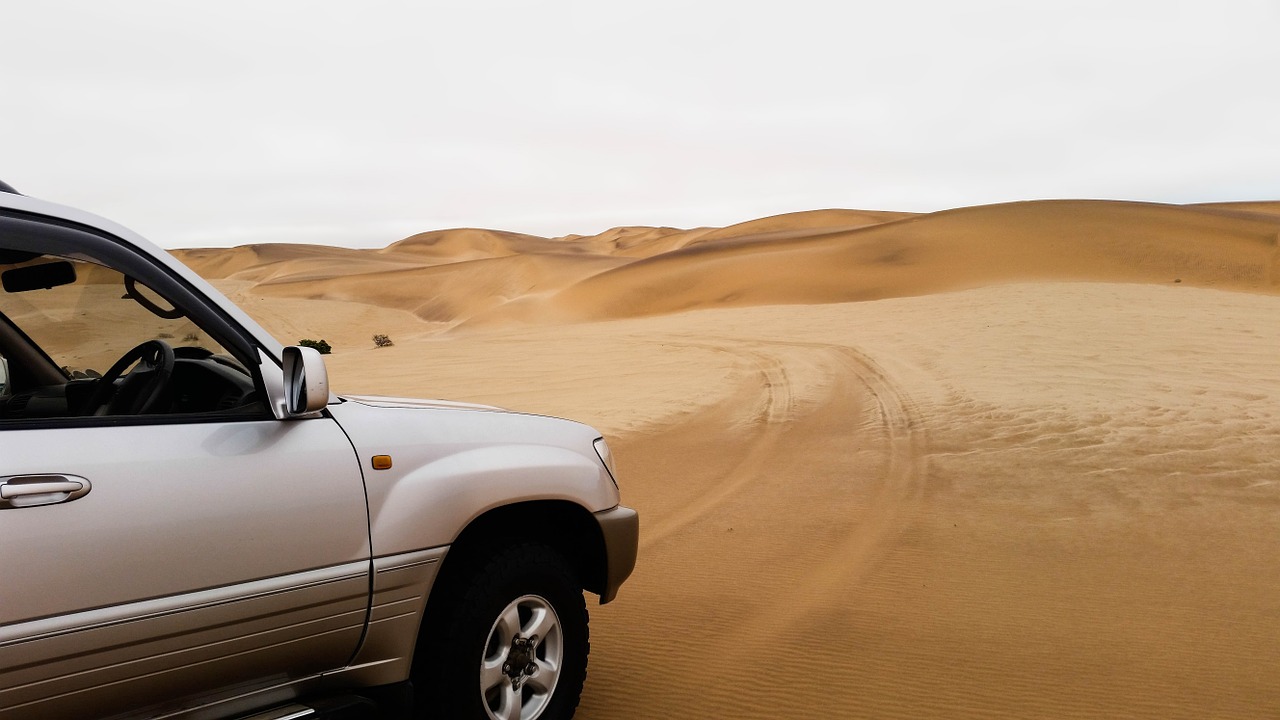Are you planning a trip to Namibia or wondering what to do there? How much do you know about Namibia? It’s a lovely nation with a lot to offer.
Namibia’s scenery and sights are as diverse as they are breathtaking, ranging from the Namib Desert – the world’s oldest desert – a vast and beautiful wilderness that covers much of the country in sandy plains, dune seas, and savanna, to where dunes meet crashing oceans on the dramatic Skeleton Coast, to rugged granite mountains adorned with ancient rock art, Etosha National Park’s giant cracked salt pan, and the dizzying depth of the Fish River
Namibia adventure vacations are always just around the corner. Whether it’s conquering a difficult 4×4 route in a remote place, hurtling down a sand dune on a board, or skydiving over the desert, there are limitless ways to see the nation while having a good time.
View of the Fish River Canyon
The Fish River Canyon is one of Namibia’s most beautiful attractions. It is always spectacular as one of the world’s largest canyons, but the mix of soft light and playful shadows exposes its real splendor in the early or late afternoon. The main viewpoint provides excellent photo opportunities, but the 90km multi-day climb provides a better sense of the canyon’s scale.
Safari on Etosha National Park
Etosha National Park is at the top of my list of the best things to do in Namibia because it is one of the most incredible safari destinations on the planet, with a wide variety of animals including lions, rhinos (white and black – it’s one of the best places in Southern Africa to see the endangered black rhino), elephant, leopard, giraffe, and antelope, so you will not be disappointed!
The skeleton Coast
The Skeleton Coast is a stretch of land that runs virtually the whole length of the nation and has dunes that tumble into the sea. It is, for the most part, secluded (as a National Park), and that is part of its allure.
In an odd twist of nature, the chilly Atlantic current that is responsible for 2,000 kilometres of the desert on Africa’s west coast is itself overflowing with life and richness. The very productive Benguela ecosystem is supported by billions of micronutrients blown north and upwards from the south pole.
Visiting the Himba people
The Himba are Namibia’s remaining semi-nomadic people. Once shut off from outside influence by the harsh desert and scenery, the Himba people were able to preserve many of their traditional customs and ways of life. Their magnificent culture and red ochre that is smeared all over the skin is a sight to behold.
In many respects, the Himba people have managed to avoid westernization while retaining a strong connection to their ancestors. At certain periods of the year, you may only see the Himba people through a designated tour operator.
Visiting one of the world’s largest seal populations at Cape Cross
One of Namibia’s most popular tourist attractions is the breeding colony at Cape Cross. It is home to over 200,000 seals. Big bulls compete over territory, moms reconnect with their pups after fishing trips, and children are continually getting into trouble. It’s a mind-boggling sight. A wooden boardwalk allows you to get right in the middle of it all. You might want to remain for hours because there is so much going on. If only you could get rid of the odor and the noise.
Climb Damaraland’s Mountains
Damaraland is one of Namibia’s most gorgeous places, with spectacular rock formations and stunning valleys. Well, everything in Namibia is wonderful, but Damaraland is something unique!
The region is famed for its incredible animals, sunsets, rock art, and astronomy, but hiking and rock climbing are two of the area’s main draws. It’s also one of Namibia’s top camping spots.
Sleep under the Stars at Kulala Desert Lodge
So, the main feature of Kulala Desert Lodge is its position. These stunning cottages, nestled near the Sossusvlei dunes, are an incredible destination to spend a few nights. The best part is that each of the lodges has its own roof patio where you can cuddle and sleep beneath the stars.
The trip from Windhoek might take 5-6 hours, so plan accordingly and fly to Namibia early in the day. But, let’s be honest, the travel isn’t worth it when you have views like these… it’s one of the greatest sites in Namibia to observe the stars.
Going back in history at Twyfelfontein
Twyfelfontein, a UNESCO World Heritage Site, is another attraction in Namibia. It preserves one of Africa’s best-preserved rock-art sites. Several pathways go through around 2000 old rock carvings and paintings, some dating back to 3300BC.
Epupa Falls
Epupa Falls, located on the border between Namibia and Angola, is one of the country’s greatest waterfalls. The name translates to “Falling Water,” and the streams of cascading water that come down the Kunene River attest to this. The adjacent fig trees and makhani palms contribute to the area’s calm natural charm.
There are multiple falls and waterfalls, the greatest of which is almost 120 feet high. It’s vital to take additional measures before diving into the cool waters; Epupa Falls is also a crocodile habitat.

